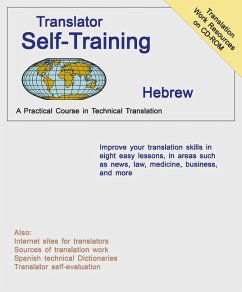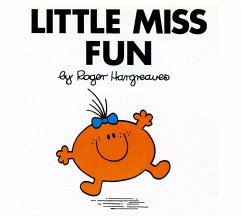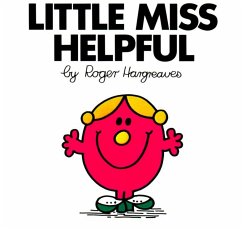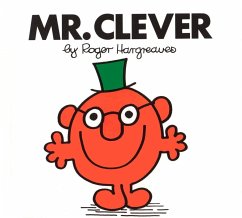Nicht lieferbar
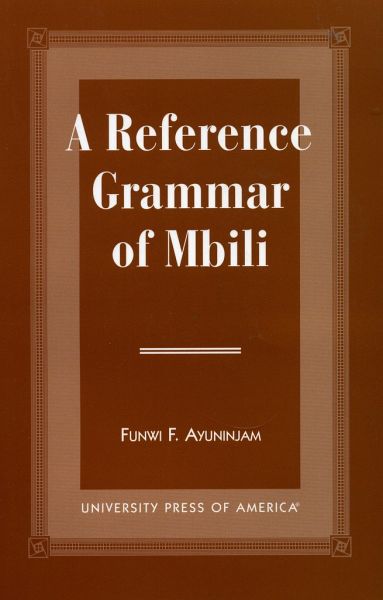
A Reference Grammar of Mbili
Versandkostenfrei!
Nicht lieferbar
A Reference Grammar of Mbili explores the major linguistic components of the Mbili language from a primarily descriptive point of view and within the cultural context of this Bantu language spoken in Cameroon. It presents a detailed and accessible account of the roots and history of the language, clearly situated within both the Niger Congo language group in general and the Grassfield Bantu language sub group specifically.




